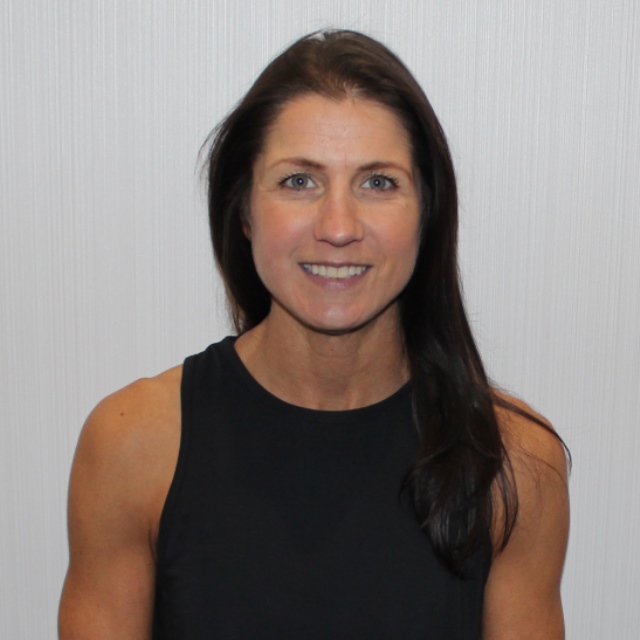Exercise for Seniors – More Important Than Ever!
Posted by Kelli Kellen on December 27, 2023
As we enter into a brand new year, many of us are making New Year’s Resolutions to start or restart an exercise program. With the scientific advances and medical technology of today’s world, more men and women are living longer. Along with longer lives, people are also looking for a higher quality of life. Independent and healthy living is becoming more important than ever - especially for seniors.
Trendy, rigorous, or high intensity exercise programs that younger generations participate in may not be safe or realistic for many seniors. That doesn’t mean older people are unable to participate in physical activity! While age-related changes in the cardiovascular system have significant effects on performance, it’s estimated that half of this reduction in endurance might be related to decreased muscle mass.
The ideal exercise program consists of three components, which can be modified for everyone’s unique abilities.
- Aerobic exercise
- Strength and resistance training
- Flexibility and balance
Exercise is one of the most under-utilized “medications” - it can literally change your life.
Because of the decline in physical capability due to aging, older people may benefit from exercise more than young people. The largest health benefits occur, especially with aerobic exercise, when people who are inactive begin exercising. Some of the benefits include helping you to:
- Increase energy
- Increase flexibility
- Tone muscles
- Build stronger bones/increase bone density
- Improve mobility and balance
- Relieve insomnia
- Relieve tension and stress
- Reduce the risk of developing dementia
- Improve feelings of anxiety and depression
- Boost self-image
- Reduce the risk of chronic disease
Aerobic Exercise
Not sure where to start? Something is always better than nothing! Begin with small bouts of movement and slowly progress. A few easy ways to increase your activity include:
- Parking further away from building doors
- Taking the stairs instead of the elevator
- Walking up escalators
- Walk short distances rather than drive
- Walk around the house when on the phone rather than sitting down
Once you have started increasing your steps, gradually work toward a goal of 10,000 to 15,000 steps per day. As you progress with a walking program, add variety by changing your route, find a partner to walk with, or try a different aerobic activity like biking. Fitness classes are a great way to add variety to your fitness program. Many offerings are low impact, such as cycling, swimming, or yoga.
Strength and Resistance Training
Another component to a well-rounded fitness program is strength training. Strength decreases with age, and decreased strength can compromise function, Strength training can increase muscle mass, so the same amount of muscle work demands less cardiovascular exertion. Incorporating regular resistance training can be accomplished with just your body weight, free weights, and resistance bands.
When it comes to choosing the best strength training exercises for seniors, consider activities necessary for daily living. For example, being able to stand up from a seated position without using your hands to help. The best way to work on this skill is to practice it!
Flexibility and Balance
Flexibility is important for independence, mobility, and the ability to strengthen the body throughout its full range of motion. Flexibility is critical for decreasing the energy cost of standing and walking as we get older. Stretches that target the shoulders, hips and legs—body parts that contribute to balance problems and gait compensation— are key.
The main objective of balance training is to challenge the center of gravity by exercising in unstable environments, such as standing on one leg. It is often used to help prevent falls in older people, but it also develops strength around the joints.
Getting Started
Although regular exercise is recommended for older adults, it’s always important to talk with your doctor when beginning a new exercise program. Your doctor can help you determine which exercise will be most beneficial to you. Cheers to 2024!

Kelli Kellen
Kelli is a Group Fitness Instructor and Personal Trainer at the RAC. She is a SE MN native and a 1999 graduate of UW-Stout. Kelli loves anything fitness related, cooking, reading, traveling, going for walks, and attending sporting events. Her 2 grown children attend Winona State University with Physical Therapy and Athletic Training pathways.



